Products
FiltersCategories
Price
Min. order

Alhagi Essence
Alhagi Essence with the scientific name of Alhagi persarum Boiss & Buhse, belongs to Papilionaceae and its essence is extracted from aerial parts of plant. The Alhagi plant has many therapeutic properties such as antiseptic, blood astringent, febrifuge, anti-inflammatory, regenerative and liver cleanser. Alhagi Essence relieves stomach pain due to its warm nature. It also strengthens the nerve cells of the stomach and strengthens the digestive system and causes better digestion of food.Min. order :1

Dried Persimmon
Persimmon, with the scientific name ebenaceae, belongs to the diospyros family. To prepare dried persimmon, after brewing and washing, it is cut into different shapes, then it is dried industrially and supplied in different packages. In the industrial method, it is used to dry persimmons by using heat-generating devices and equipment and creating air circulation or by using solar energy in a closed environment and controlled conditions.Min. order :1

Dried Apricots
Apricot is the ripe fruit of the apricot tree with the scientific name Prunus armeniaca of the Rosacea family. Dried Apricot is the ripe fruit of the apricot tree, which is cut along its natural groove and dried in the sun or industrially. This product is supplied in whole forms or halved.Min. order :1

Kaleh Ghouchi (Jumbo) Closed Shell Pistachios
Kaleh Ghouchi (Jumbo) Closed Shell Pistachios are used to break the kernels out and produce various pistachio powders used to decorate food. Besides, this type of pistachios is used in the opening process as well. Kaleh Ghouchi (jumbo) pistachios are popular for their large size and have a hazelnut-like fruit. This cultivar is resistant to cold as well as water and nutrition shortages and is harvested in August. These pistachios flowers are early thus more exposed to the late spring frost and its resulting damages. The production volume of this product has gone through a significant increase over the past years despite its ample harvest in Rafsenjan.Min. order :1

Prickly Cucumber
Cucumber is a vegetable fruit with the scientific name Cucumis Sativus from the Cucurbitaceae family. The export of prickly cucumber has a special place in Iran, and since cucumber is among greenhouse fruits, its production is done in almost all seasons and its export is also done in all seasons. Prickly cucumber is one of the varieties of cucumber and one of the very old plants. This type of cucumber is very popular in the preparation of pickles and pickles. Therefore, the planting of this plant is very common.Min. order :1

Marble Pumpkin Seeds
Marbled pumpkin seeds are edible seeds obtained from all kinds of pumpkins and usually have a flat and oval shape. The outer shell of marbled pumpkin seeds is white and its core is light green. Marble pumpkin seeds have a larger size and diameter than normal pumpkin seeds. Salted marble pumpkin seeds have a very delicious and wonderful taste. Pumpkin is an annual plant with the scientific name Lagenaria Vulggaris from the Cucurbitaceae family, which has heart-shaped leaves, wide and covered with fine hairs. Marbled pumpkin seeds are prepared in two forms, raw and roasted, and are exported from Iran to different countries. The largest production of marble pumpkin seeds in Iran is in Khoi Mei city.Min. order :1
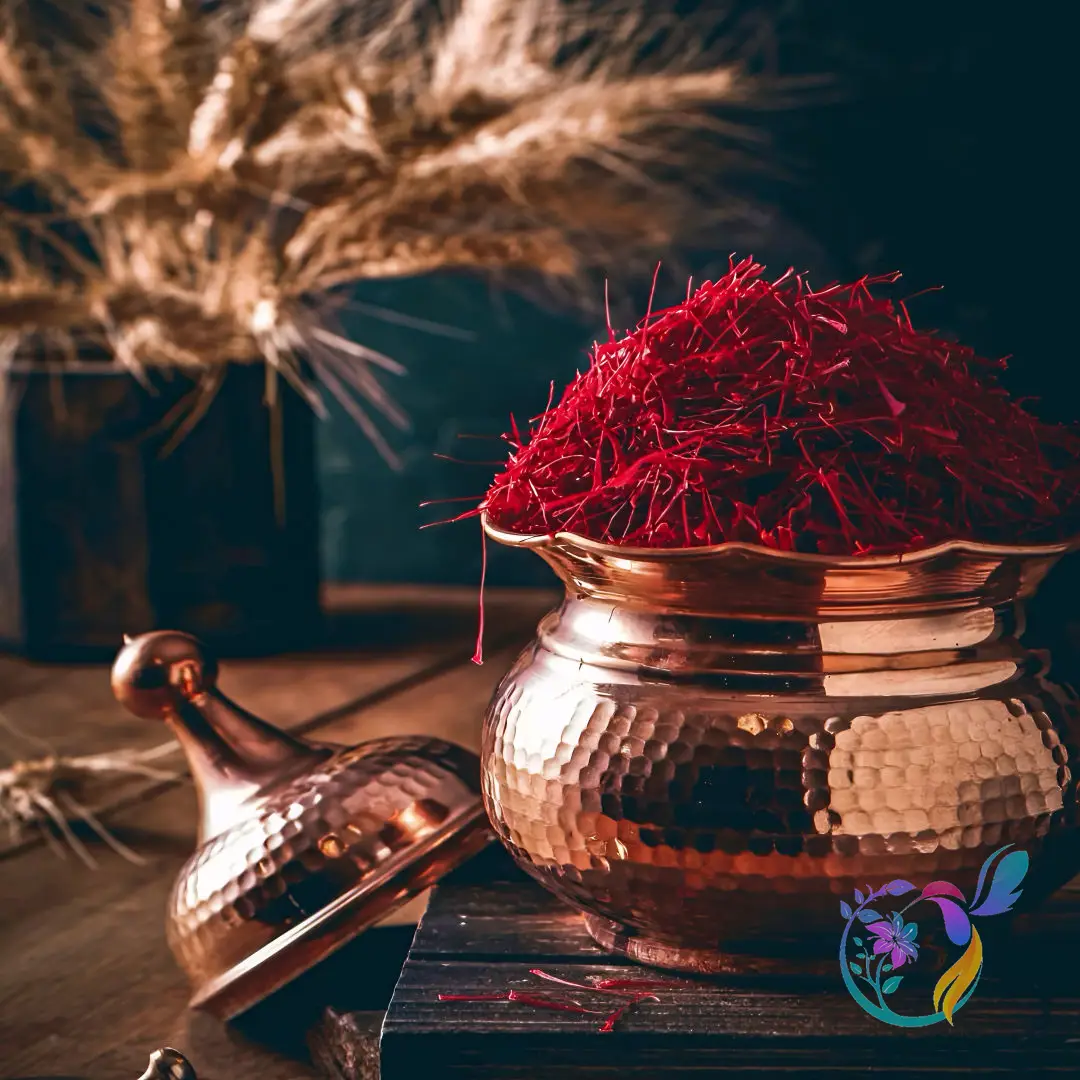
Super Negin Saffron
Saffron is obtained from the cultivated saffron plant with the scientific name Crocus Sativus. Separated saffron stigmas are considered as red gold in the world, one of the most important export items of Iran. Iran is the largest producer of saffron in the world. Super Negin Saffron, as its name suggests, is known as the most luxurious and superior type of Negin saffron. This saffron is purely composed of long, smooth stigmas with broad tips and does not have broken, wrinkled, or dark colored stigmas, or yellow parts, and its color is uniformly bright red. Super Negin Saffron is known for having very strong and long stigmas and the highest coloring power with a color strength of over 285. This saffron has the best aroma, taste and color among all types of saffron. And the amounts of safranal, crocin and picocrocin, which are the main indicators that determine the quality of saffron, in this type are higher than category 1 in ISO 3632 standards.Min. order :1
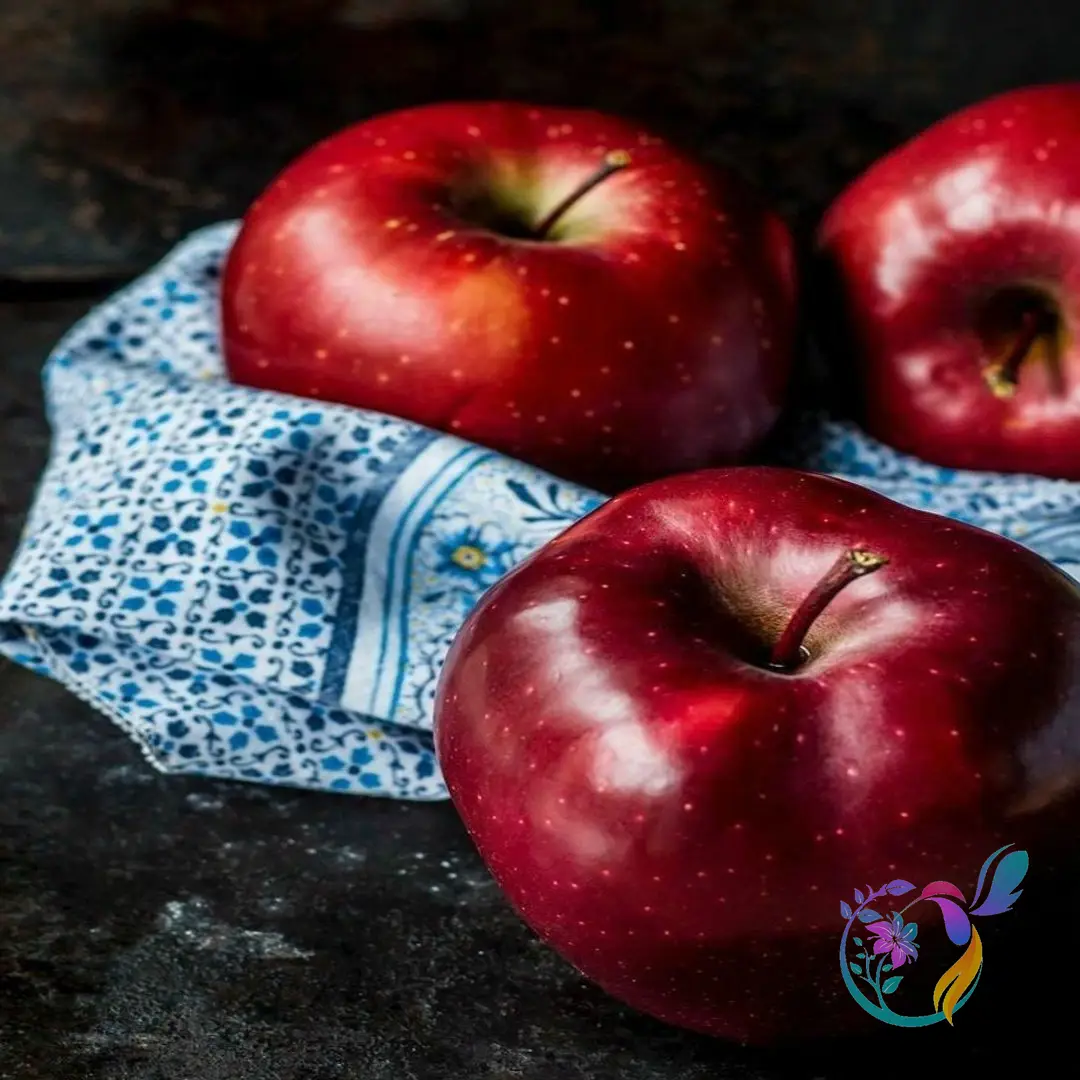
Red Apple
Apple is the fresh fruit of the apple tree with the scientific name Malus Domestica Borkh from the Rosaceae family. One of the most important export fruits of Iran is red apple, which is grown and sold in different cities of Iran. By comparing the apples produced in the cities of Urmia, Maragheh, Oshnavieh, Damavand, Semirom, etc., we realize the high quality of these products, which originates from the climatic conditions of these regions. The main markets of red apple are India, Russia, Qatar, United Arab Emirates, Oman, Pakistan, Egypt and Sudan.Min. order :1
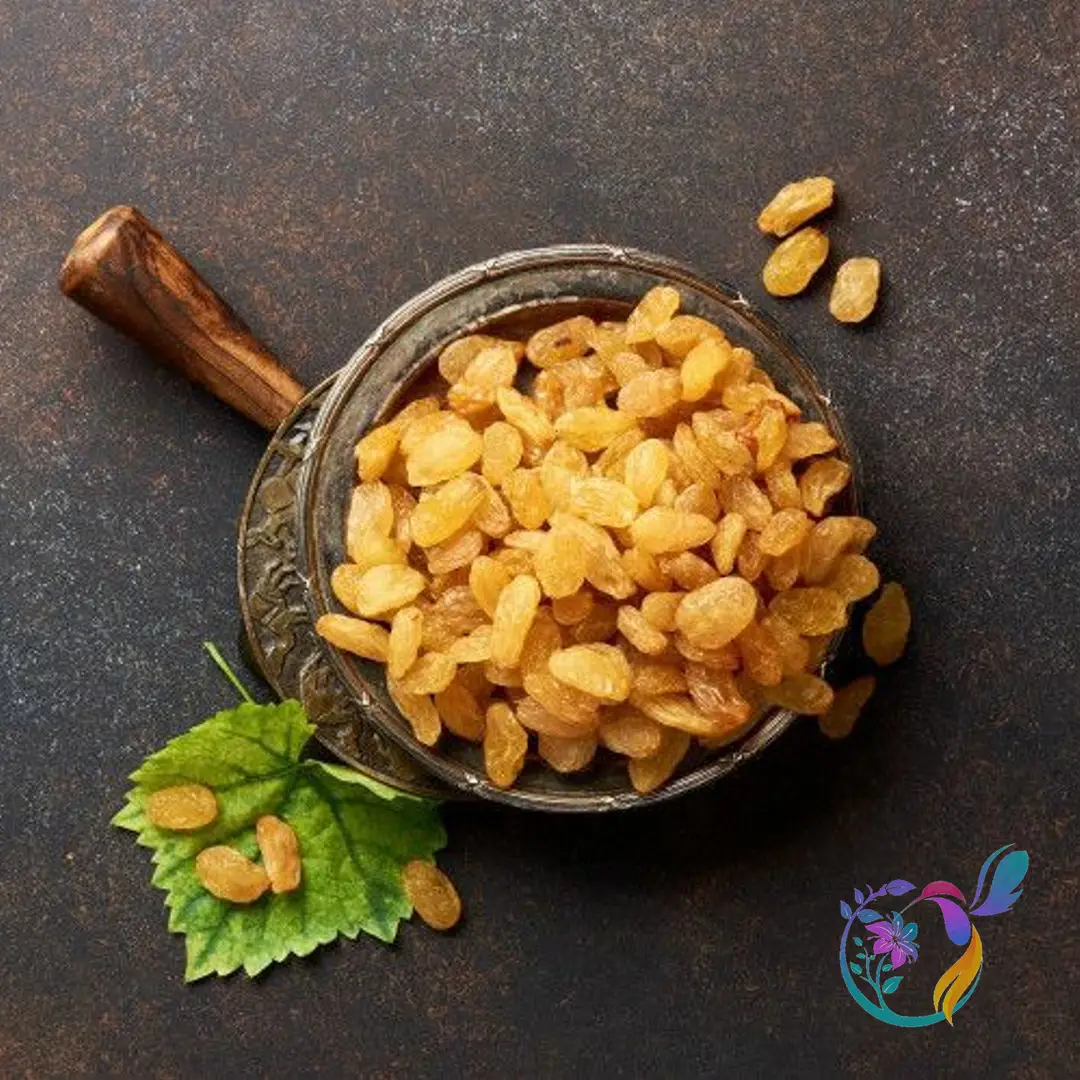
Golden Raisins (Angori)
Golden Raisins (Angori) refers to the dried fruit of various grape varieties (usually seedless grape varieties) that have been fumigated with sulfur dioxide smoke and dried in the shade. The color of this type of raisin is golden yellow or pale amber. This type of raisin is also called Californian. Golden raisins are very popular in Arab countries. Bonab and Malekan cities in East Azarbaijan province have the highest production of Golden Raisins (Angori). In order to prepare Golden Raisins (Angori) for export to different countries, triple washing processes, laser sorting by advanced and updated devices, passing the products through a metal detector are done. Also, the final sorting is done by human power in completely hygienic conditions. All chemical and microbiological tests are carried out in an advanced laboratory in order to match the quality of Golden Raisins (Angori) with global standards.Min. order :1
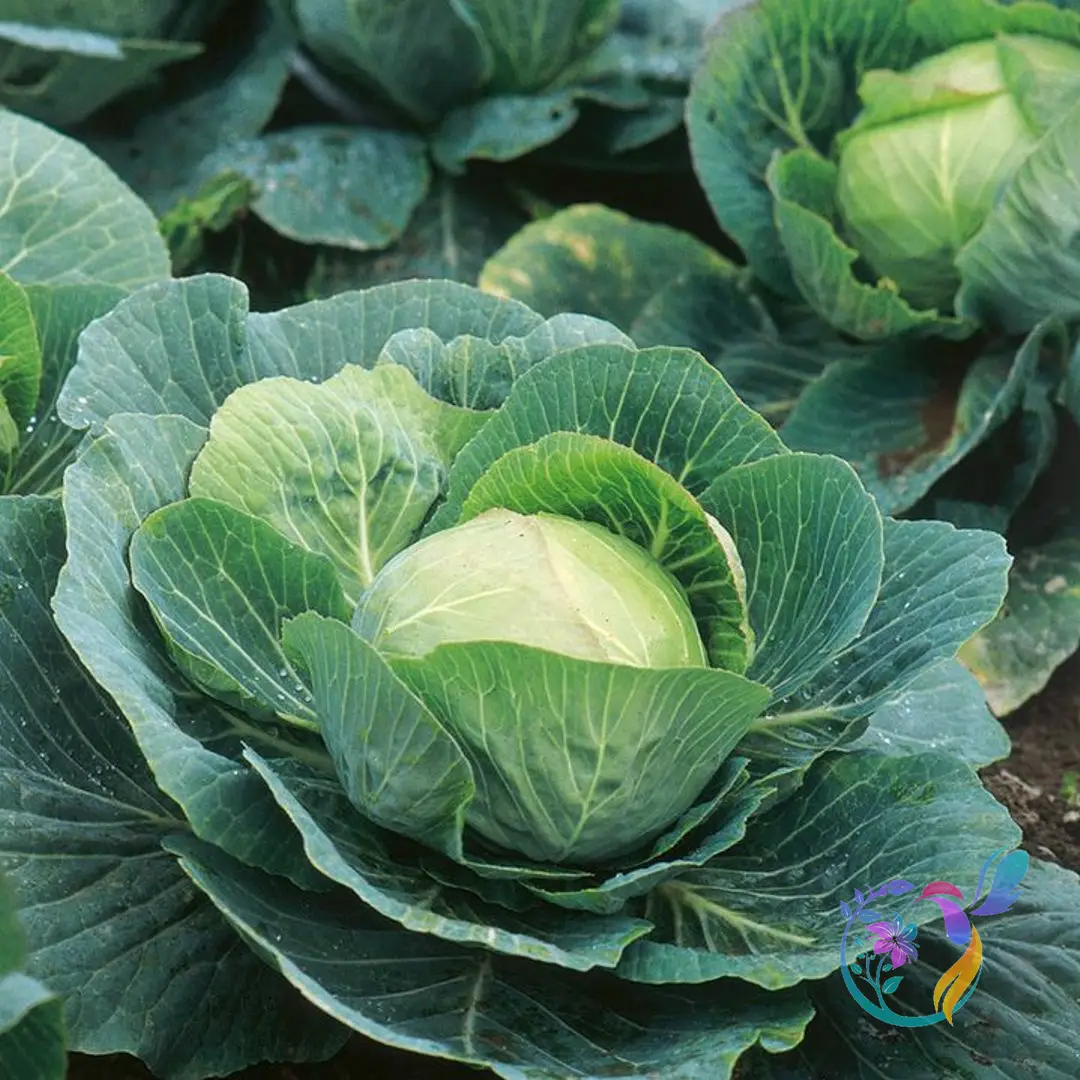
Cabbage
Cabbage is a variety of the Brassica oleracea Capitata species from the Cruciferae family, whose leaves are edible. The main export markets for Iranian cabbages are Russia and the countries on the southern coasts of the Persian Gulf. Iran, known for its diverse agricultural products, is a significant player in the international cabbage market, Dezful, Fars, Varamin, Qasr Shirin, Karaj, Shahr Ray, Bushehr and Gorgan have the highest amount of Cabbage production in Iran.Min. order :1
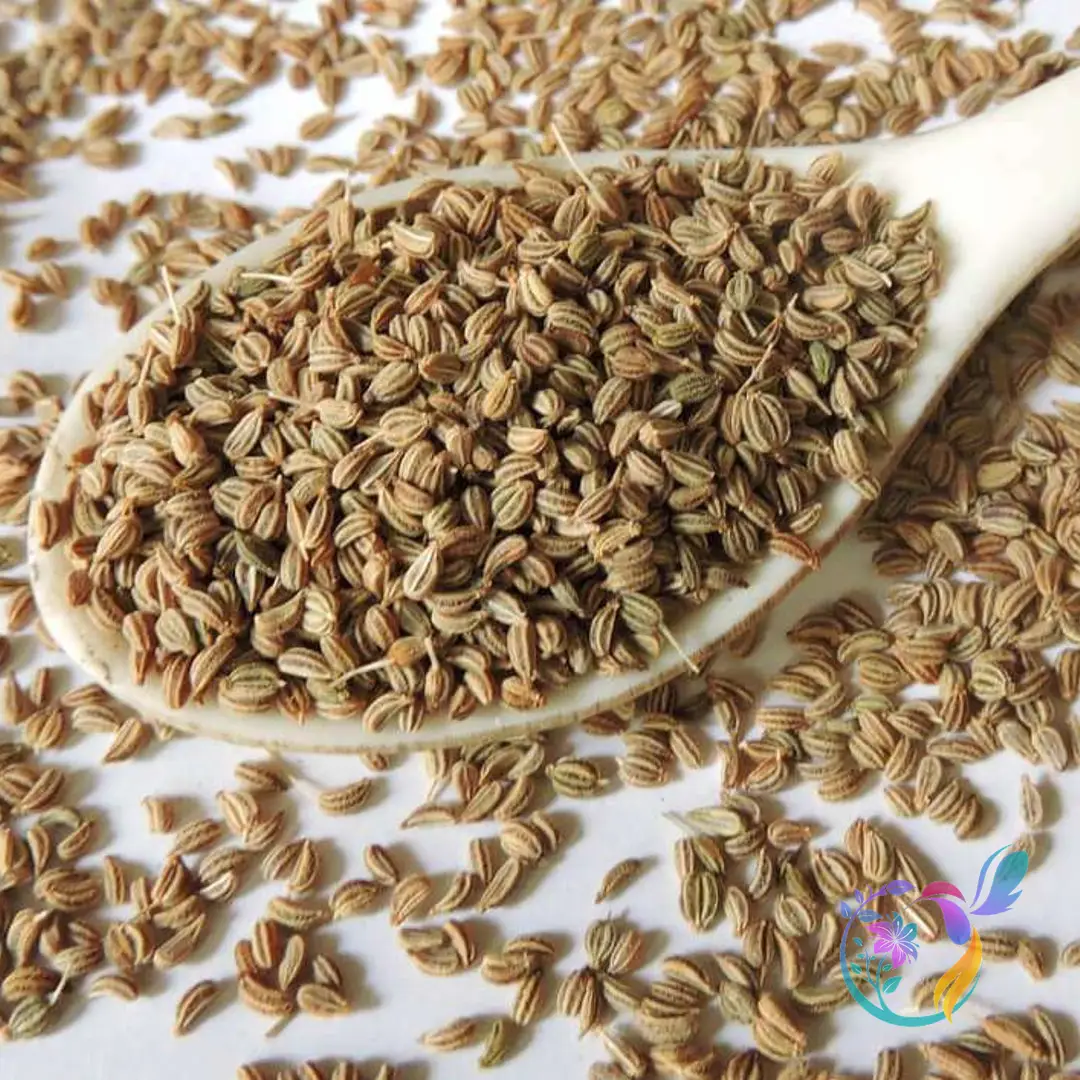
Ajowan Caraways Essence
Zataria Multiflora Essence is a herbal extract with the scientific name of Zalaria multiflora L. from Lamiaceae, which is extracted from its aerial parts.Min. order :1

Damask Rose Essential Oil (Type 2)
Damask Rose Essential Oil is obtained by distilling Rose Damascena P. Miller from Rosacea family with water. Essential oil is a collection of oily, volatile and aromatic compounds inside the plant. Damask Rose Essential Oil is one of the most popular essential oils and is the most valuable Damask Rose product. It is produced 100% natural and organic. There are about 300 chemical substances in the Damask Rose Essential Oil. If the rose water obtained from the distillation of the rose, which is known as the first rose water, is distilled again with steam, the second essential oil are obtained. This essential oil also appears as a layer of yellow liquid on the surface of the second rose, but it is almost twice as much as the first essential oil and much better in terms of quality, and it contains very aromatic substances found in the rose. This essential oil does not solidify due to cooling in the refrigerator.Min. order :1
Chat with us on WhatsApp